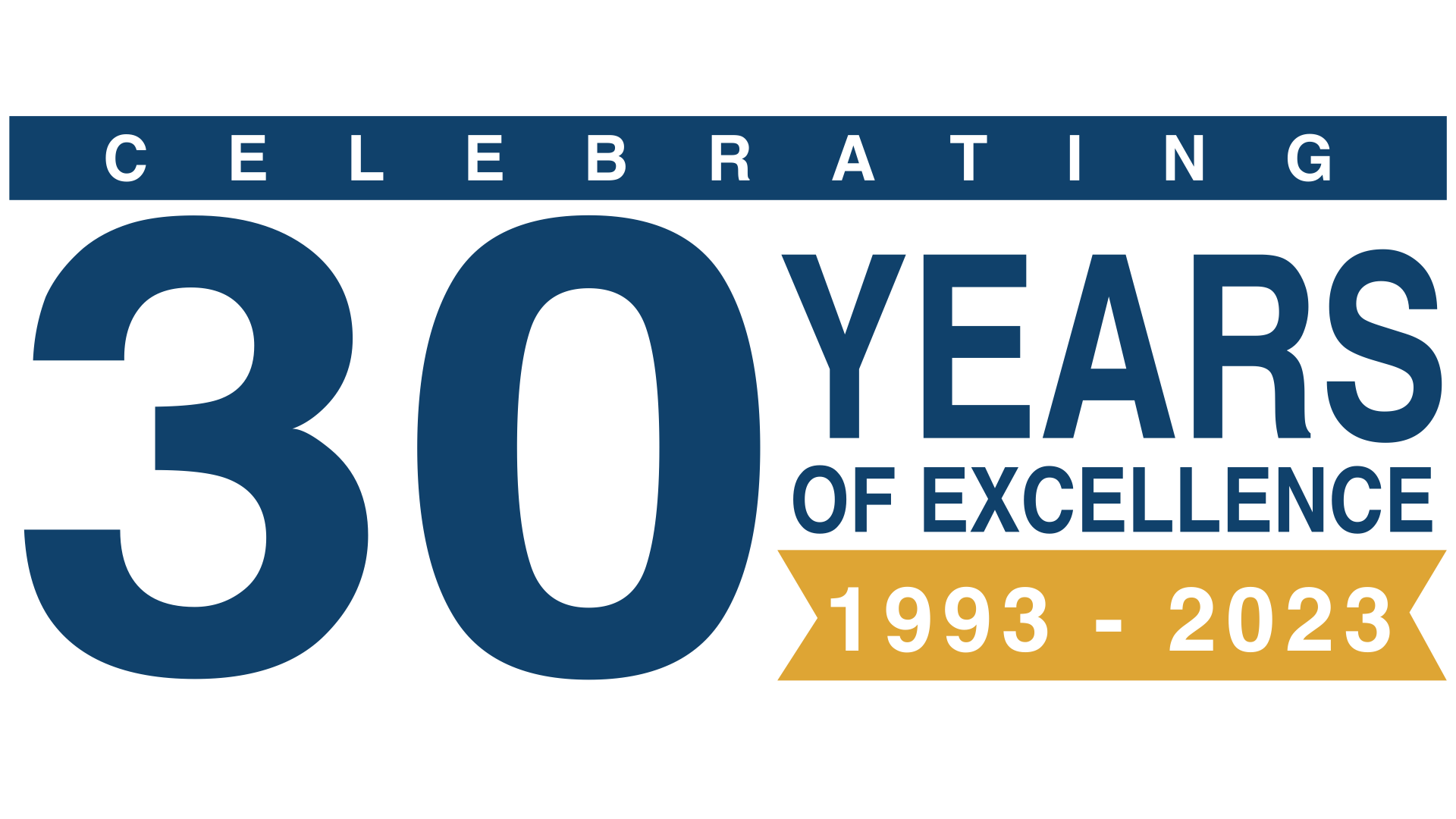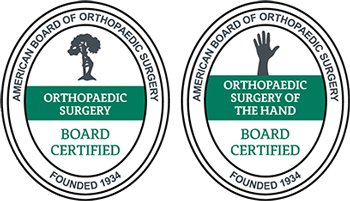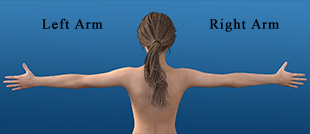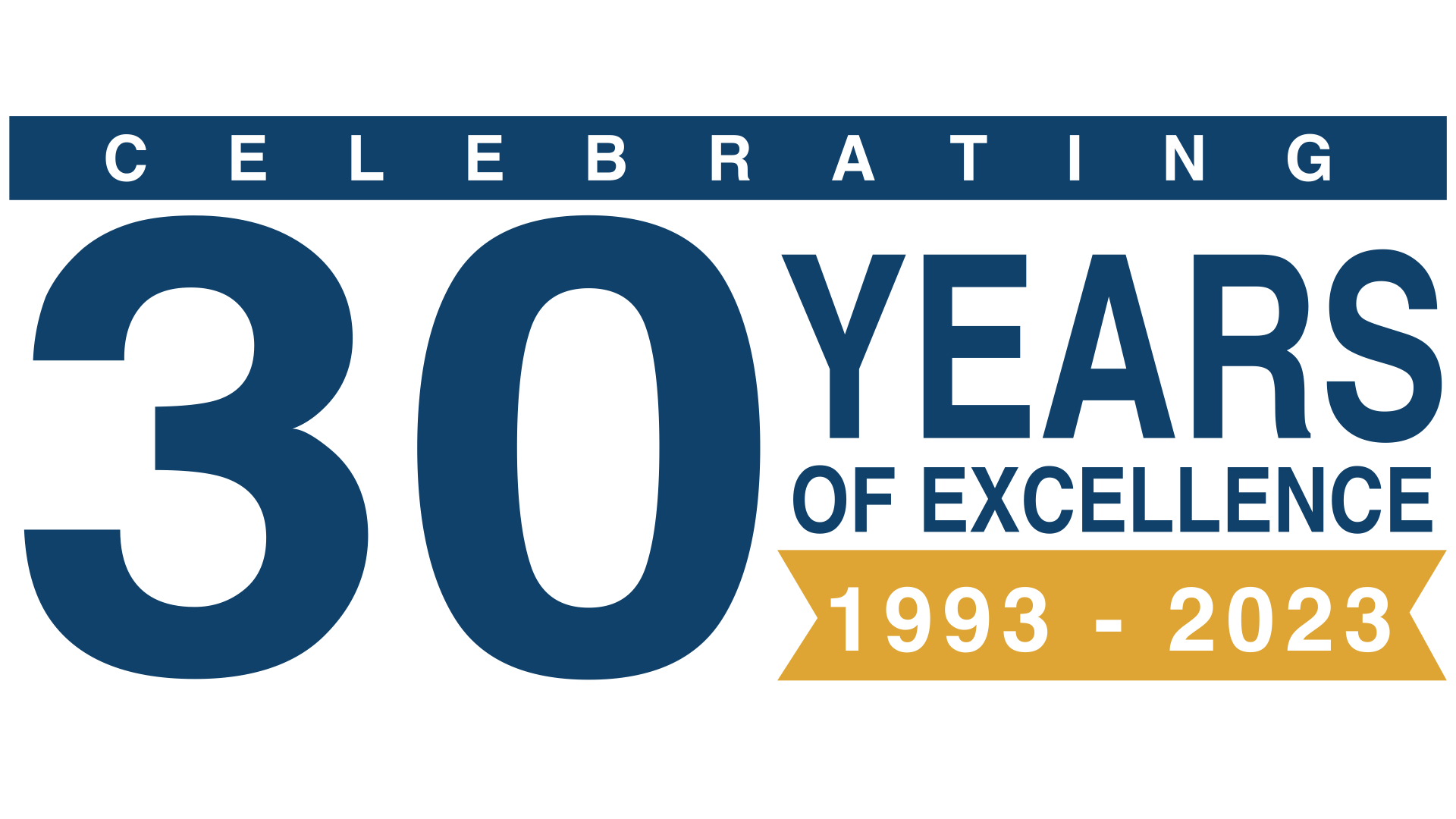Skier’s Thumb: Causes, Symptoms & Treatment
The hand consists of numerous bones, muscles, and ligaments that allow for the dexterity and movement of our hands. Veins, arteries, and nerves provide blood flow and sensation to the fingers and hands. Any one of these parts of the hand can become injured, and it’s important to address any injury as soon as possible. While you can treat your injuries at home with rest and ice, sometimes treatment from a medical professional is necessary. If you’re experiencing pain in your thumb without relief from home remedies, you’ll want to visit your doctor or a hand specialist.
Contents
What Causes Thumb Pain?

Image via Flickr by Guido van Nispen
A variety of culprits can cause pain in your thumb. Often these injuries result from repetitive use of the motions of the thumb, resulting in conditions named after those motions, such as:
- Gamer’s thumb.
- Skier’s thumb.
- Technology thumb.
- Blackberry thumb.
- Texting thumb.
- Cuber’s (Rubix Cube) thumb.
- Mommy thumb.
In addition, you could suffer from a sprain to your thumb. Depending on the degree of injury, the grade is as follows:
- Grade 1 sprain. A mild sprain resulting from the ligaments being stretched but not torn.
- Grade 2 sprain. This type of sprain is a moderate sprain with partially torn ligaments, resulting in some loss of thumb function.
- Grade 3 sprain. A grade 3 sprain is a severe sprain with the ligament pulled off its attachment to the bone or completely torn, requiring medical attention. If the ligament takes a small piece of bone with it, it’s called an avulsion fracture. For a grade 3 sprain, surgery may be necessary.
What Is Skier’s Thumb?
Skier’s thumb is an injury to the ligament that connects the bones of your thumb. The ligament affected by skier’s thumb is the ulnar collateral ligament at the base of the thumb on the pointer finger side. This ligament keeps the thumb stable when pinching or grasping objects. In skier’s thumb, this ligament gets stretched or torn, resulting in pain and limited thumb movement. Another name for this injury is gamekeeper’s thumb.
What Causes Skier’s Thumb?
Skier’s thumb occurs when you fall on an outstretched hand, stretching the ulnar collateral ligament on impact. For example, falling over with a ski pole in your hand stresses the thumb and may tear or stretch the ligament. Any accident or activity that causes your thumb into an extreme position can cause a skier’s thumb. Approximately eight to 10% of all skiing accidents result in skier’s thumb, hence the name.
What Are the Symptoms of Skier’s Thumb?
Symptoms of skier’s thumb include swelling, bruising, redness, and pain. You may notice these symptoms mostly in your thumb. However, they could spread to the rest of the hand, depending on the severity of the injury. It will also be difficult or painful for you to grasp or hold objects. For example, turning a doorknob or holding a pencil might be challenging.
How Do You Treat Skier’s Thumb?
Depending on the severity of your injury, treatment options include:
- Rest, ice, compression, and elevation (RICE). RICE can do wonders to a thumb injury. Rest your thumb by limiting how much you use it. Apply ice for 20 minutes every hour to the injured thumb. Wrap your thumb in special tape or bandages to apply a little bit of pressure to the injury. Elevate your hand above your heart level.
- Non-steroidal anti-inflammatory drugs (NSAIDs). Over-the-counter drugs such as ibuprofen or naproxen can help reduce swelling and alleviate pain.
- Prescription painkillers. If the pain is severe, your doctor may prescribe a higher dose of pain medication, which could be in the form of a pill, patch, cream, or gel.
- Splint, cast, or brace. Your thumb will need to rest. A splint, cast, or brace can help immobilize your thumb as it heals. You may need to wear any of these devices for a few weeks or longer to allow for proper healing.
- Physical therapy. Prescribed exercises are essential in helping you increase your range of movement and strengthen your thumb, hand, and wrist.
- Surgery. If the injury is severe or includes a ligament tear or damage to other tissues and bones, you may require surgery to repair the damage. You’ll wear a cast or splint for a month or more while the injury heals.
How Do You Diagnose Skier’s Thumb?
To properly diagnose skier’s thumb, schedule an appointment with a health care provider or hand specialist. The medical professional will take a complete medical history, discuss how the injury occurred, and complete a physical exam. The doctor will assess how well the nerves are functioning in your thumb and hand. Imaging such as X-rays can help rule out any fractures. An MRI is usually ordered to determine if there is a complete tear. The hand, wrist, forearm, elbow, and shoulder may also need further examination.
If you’re self-treating and you develop a fever, chills, or new symptoms, or if the symptoms are not going away with treatment, you need to see a doctor for your injury.
Are There Any Complications with Skier’s Thumb?
If your injured thumb doesn’t heal properly, you have a higher chance of experiencing skier’s thumb again in the future. It can also become a long-term or chronic condition, resulting in long-lasting pain, instability, or weakness in the thumb and possibly surrounding fingers, hand, and wrist. Over time, arthritis may develop in the joint or at the base of the thumb, causing additional pain, stiffness, and limited movement in your thumb.
Can You Prevent Skier’s Thumb?
While you can’t prevent all accidents, you can train yourself to throw your ski poles away from you when falling to help eliminate a true skier’s thumb. Skier’s thumb is also a common injury from car accidents where drivers have their thumbs on the outside of the steering wheel. Changing your grip on the steering wheel to one similar to holding a ski pole will help prevent skier’s thumb from developing after a car accident.
Contact the Hand and Wrist Institute Today!
If you suspect you have skier’s thumb, or any other injury to the thumb, fingers, hand, or wrist, you can schedule a consultation at the Hand and Wrist Institute. We are one of the leading practices specializing in injuries to the hand and wrist, using the most current technologies and research. Call us today at 855-558-4263, or schedule an appointment online. You can also ask the doctor a question via our secure online messaging service. Don’t hesitate to get the help you need today.

























